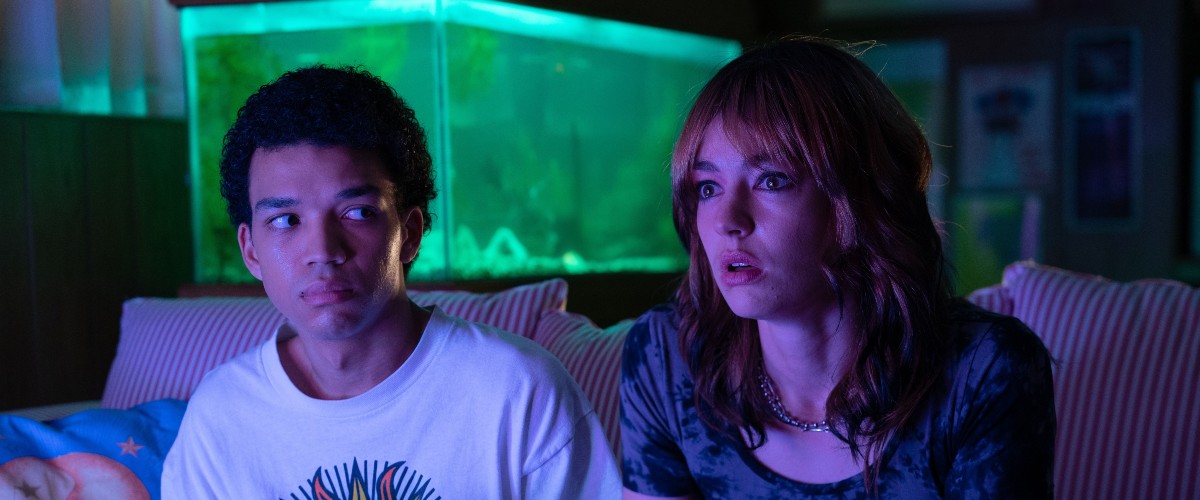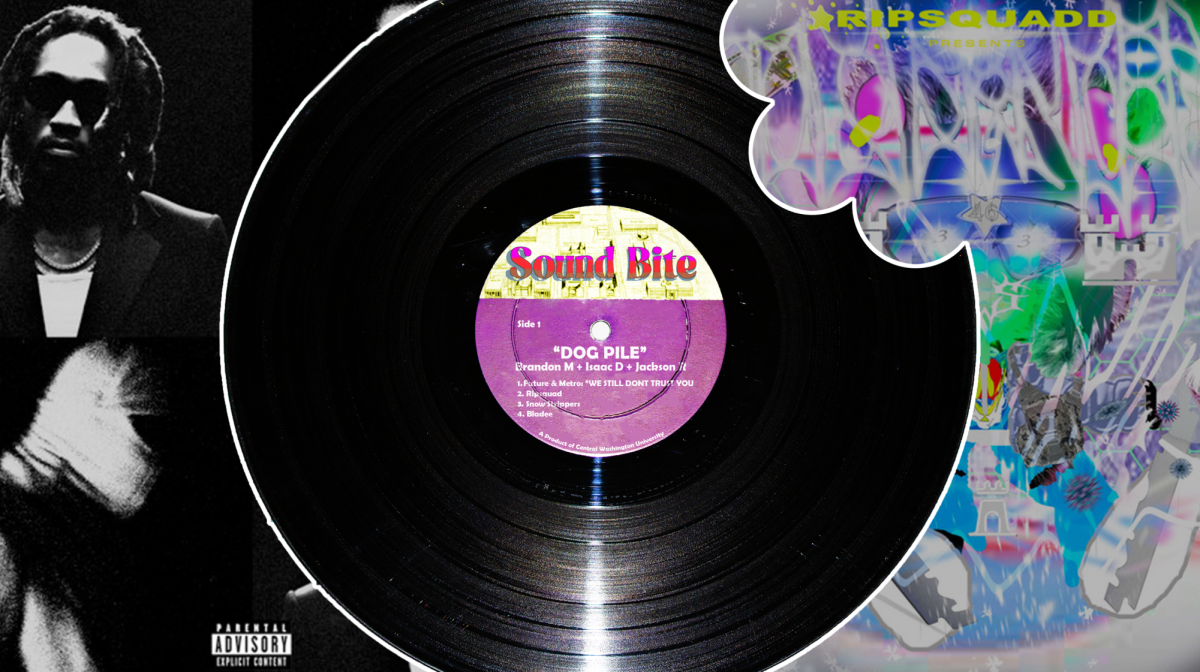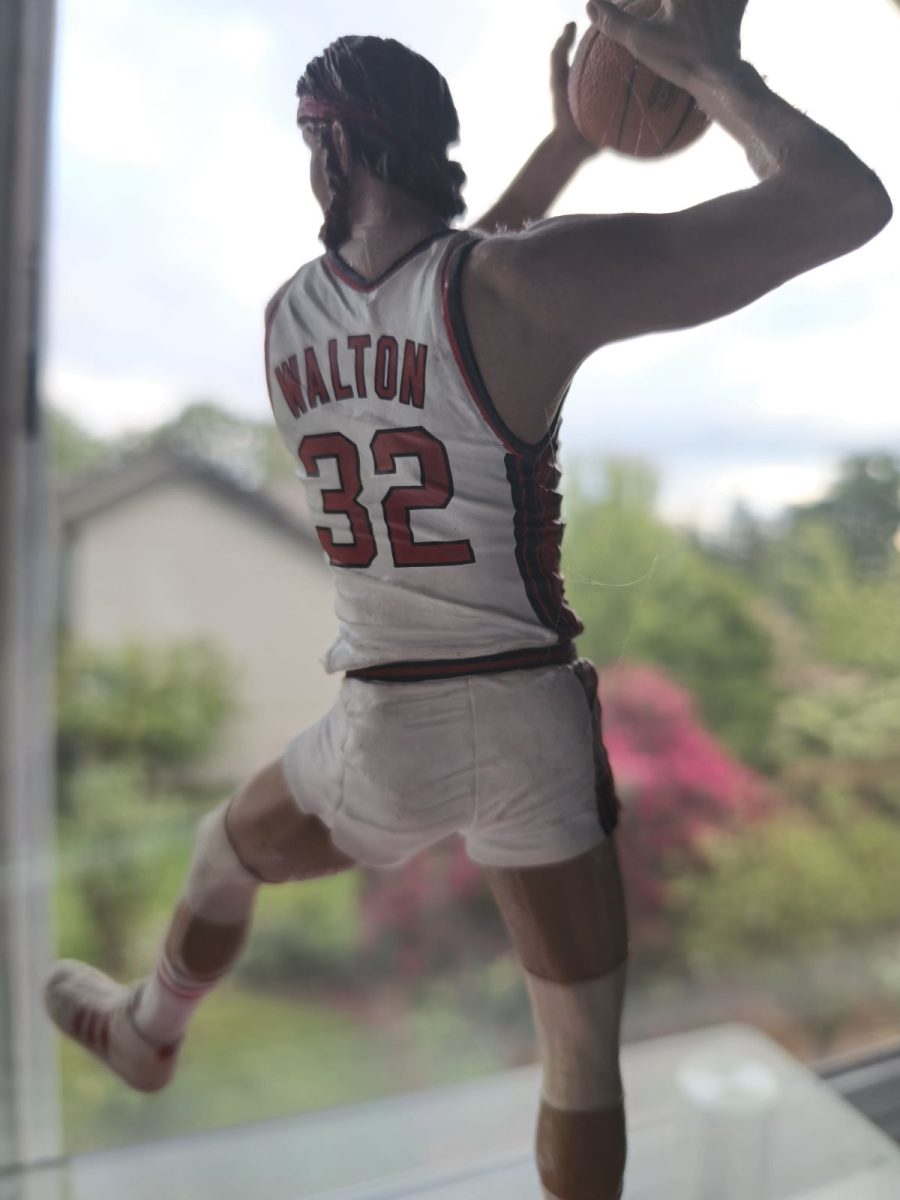I was lucky enough to attend the Seattle International Film Festival — a hub for filmmakers all around the world to show off their movies big and small — for five days last week. It was one of the greatest experiences of my life, and I hope this is the first of many years where I will be able to cover an event like that.
The first film I saw as a part of my time there was one of my most anticipated films of the year, Jane Schoenbrun’s “I Saw The TV Glow,” their follow-up to 2022’s “We’re All Going to the World’s Fair.” The film takes a magnifying glass not only to television-culture/fandom-culture, but also how the depressing reality of suburbia almost necessitates escapism on that scale, especially when those places suppress people’s ability to find themselves.
I found myself absolutely astounded. As someone who grew up in a suburban setting and struggled to really come into myself in that world, the film completely resonated with me. The main character Owen at points seems copy-and-pasted from my own experience. What does that say about me? Who knows. I don’t.
Suburbia is depressing. Every house looks the same, every store is the same, every school is the same and you’re encouraged to conform and be a part of the sameness. That’s sad! Life can be vibrant and exciting if you let it. And the harsh reality is that many people in these situations need to turn to media to find this vibrance. For Owen and a girl in his neighborhood named Maddy their escapism is found in a TV show called “The Pink Opaque,” which is presented almost as a teenage-supernatural-neon-”Charlie’s Angels.”
The characters in the show are in a constant battle with the villain Mr. Melancholy, which is on-the-nose in the best way possible. Because aren’t we all? Melancholy, much like suburbia, can feel inescapable. Like there’s no way out, and the only way is through.
Schoenbrun is a master of the art of show-don’t-tell. “We’re All Going to the World’s Fair” is a very, very quiet movie. With primarily just one character throughout, her story is told in her lack of words. Her silence speaks loudly, which makes her words sound like trombones blasting. The harshly-pixelated images paint a fuzzy canvas akin to the mental state of the character.
Many of these same motifs carry over to “I Saw The TV Glow.” Owen — who is brought to life thanks to a career-best performance by Justice Smith — can be equally quiet. His story is told through the vast array of technicolor Schoenbrun employs throughout the movie, showing Owen’s inner turmoil in big bombastic visual stimulation. One of the very first shots of the film shows a young Owen engulfed in a pink, purple, white and blue tarp, alluding to the themes of transitioning that loom over the entire film.
There is one shot towards the middle part of the film where Owen and Maddy are sitting together at some sort of bar — reuniting after some time — and it’s clear that they are at two very different points in their lives from the lighting alone. Maddy’s face is lit up with many different colors, showing her progression from earlier in the film with nothing but the lighting applied by Schoenbrun. At the same time, Owen’s face is drowned out in shadow, stuck in place.
Schoenbrun has talked about how when they started writing “I Saw The TV Glow” right when they began taking hormones, and how the writing process served as a way to process their own transition. When looking at the film through that lens, things start to really click, and everything becomes heightened.
The craft of the movie is supreme. The jump from “We’re All Going to the World’s Fair” and “I Saw The TV Glow” in terms of pure scope and production is immense. The sets are bigger, the shots are more intricate and the story is simultaneously far more expansive and personal.
Another highlight of the movie is the excellent score/soundtrack, crafted by musician Alex G. The score is somber, moody, electric and at times abrasive, perfectly accompanying the harsh yet colorful world created on the screen. The soundtrack features appearances from artists like yeule, Coraline Polachek, King Woman, Sloppy Jane and a personal favorite of mine, Phoebe Bridgers.
Brigette Lundy-Paine, who plays Maddy, is absolutely sensational. Her transformation from a scared, awkward girl at the beginning of the film into the terrifying, neurotic — yet sympathetic — person she is at the end is truly impressive. She has a monologue in the climax of the movie that is genuinely horrific, both from a vocal and physical perspective as she contorts her body and voice to image her words. As much as I loved watching Smith in this, I think I enjoyed Lundy-Paine more.
But that is not to discredit Smith in the slightest. I had not been a fan of his prior to this. I’ve been completely underwhelmed with his career thus far, despite the fact that it seems like Hollywood thinks the complete opposite. He has starred in two “Jurassic World” movies, “Dungeons & Dragons: Honor Among Thieves” (which is actually quite good), and “Pokemon: Detective Pikachu,” leading some of the biggest franchises in the world, and I just have never understood what his appeal was. I’ve always thought he was quite dull and had zero charisma.
That’s not the case here. I’m so happy to say that he delivered one of the best performances I’ve seen in years. He reaches new career peaks, showing off complexities that help bring Schoenbrun’s script to life in extremely authentic ways. The stunted growth that he portrays across Owen’s life is tragic, encapsulating the silent suffering of the last 20 years of youths.
Owen and Maddy’s non-parallel trajectory is so fascinating. At the start of the film, Owen is alone, desperate to find any sort of connection in his suburban wasteland, desperate to find anything new. Finding Maddy saves him briefly, or at least puts a bandaid on a bullet hole. He sees her as someone who has come into her own, and he wants that for himself.
When she leaves the film for a period, her return is a brief moment of great relief for Owen. After feeling so alone, her return is welcome and fills him with a wave of nostalgia. The same nostalgia that has trapped him for the years prior, and she’s not as he remembers, which is punishing. Even though she has come back to find him, even though she has come back for him, which is all he’s wanted, it’s not the same. Nothing is.
Nostalgia is the ultimate trap. It keeps you stuck in mud. Maybe you can get one foot out, but you can never fully escape, and whatever feeling you remember so warmly was often much colder in reality. Life will always move on, time will always pass, and people will always change. It’s up to you to decide if you will change too.




